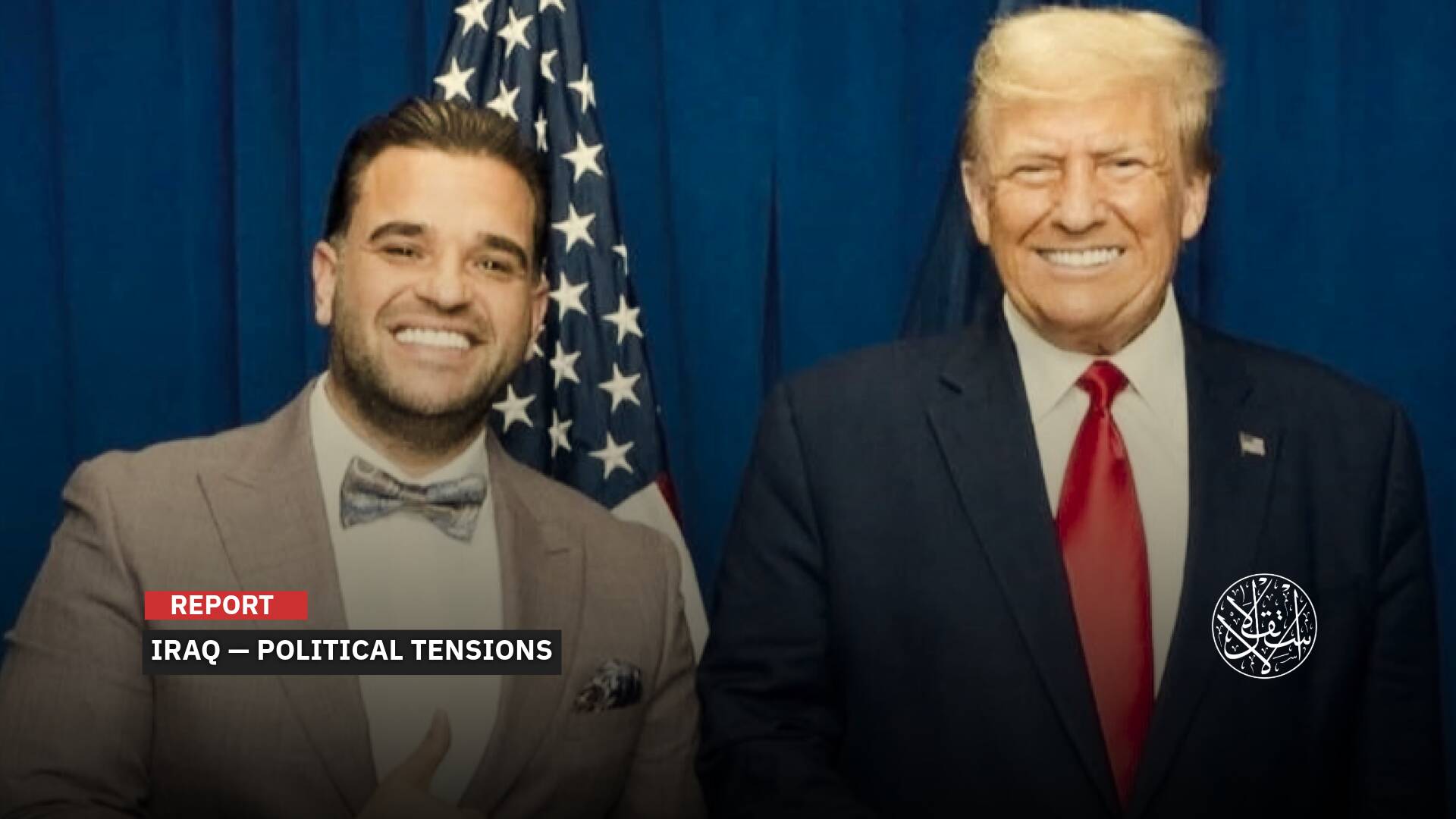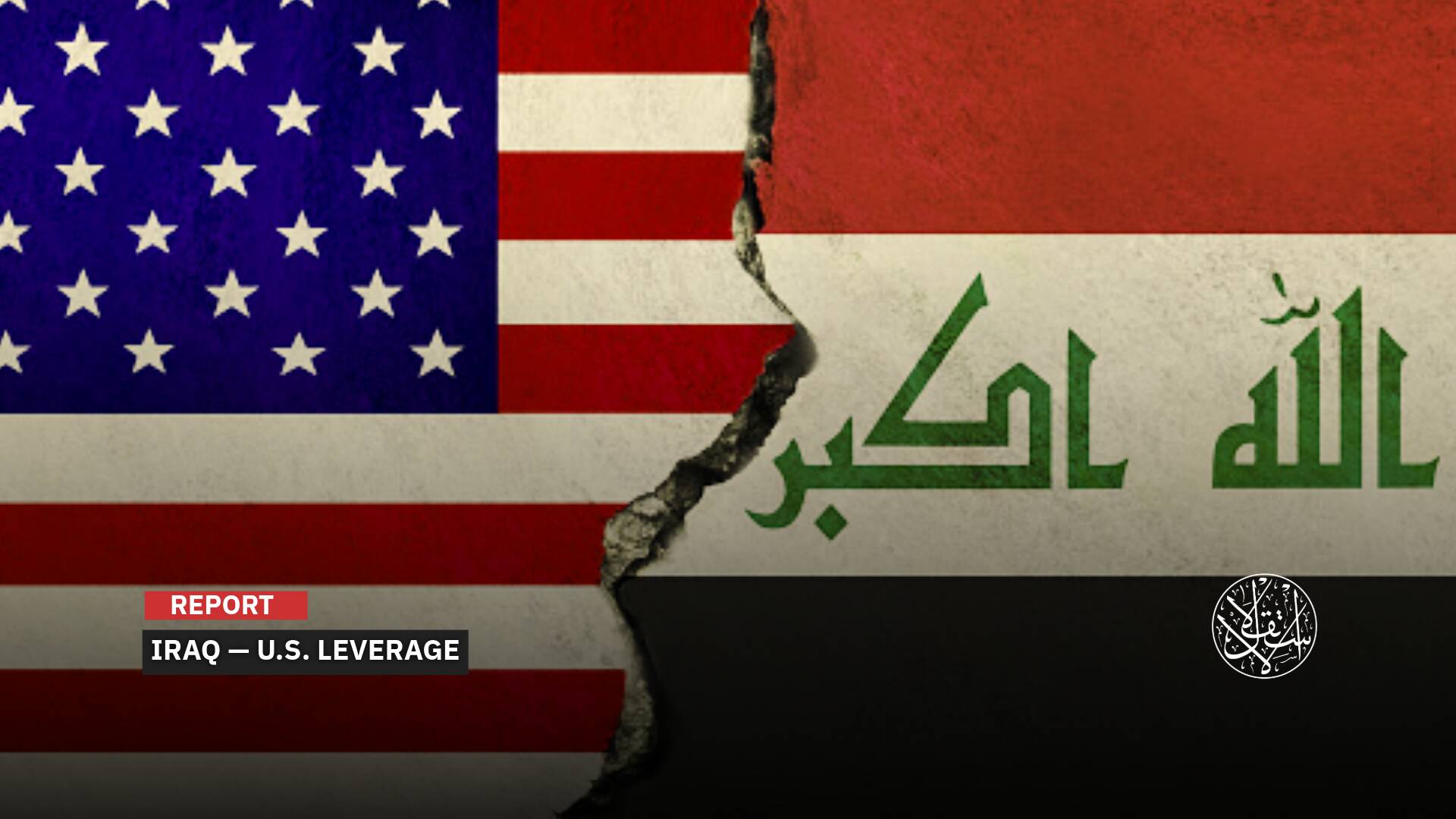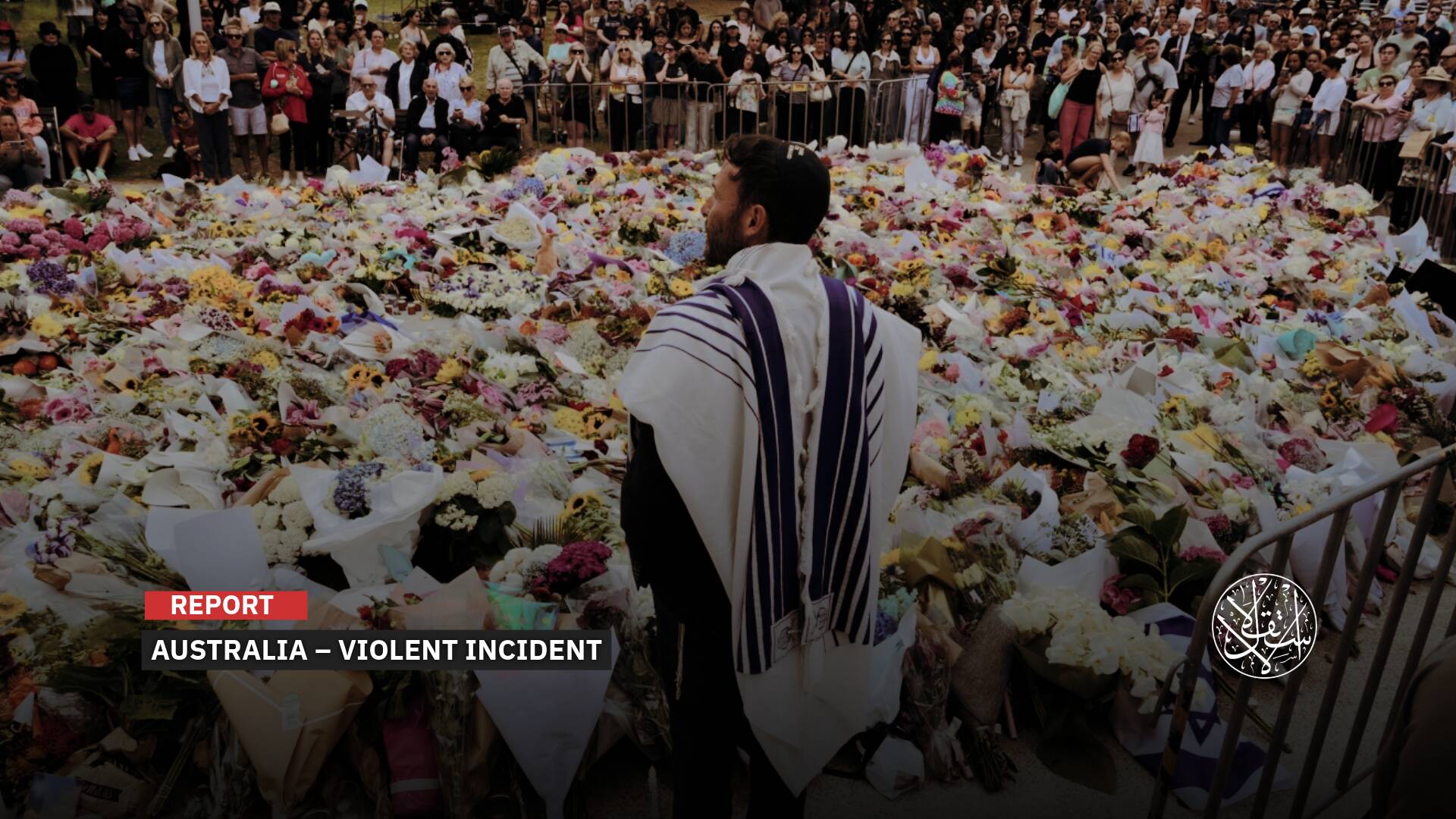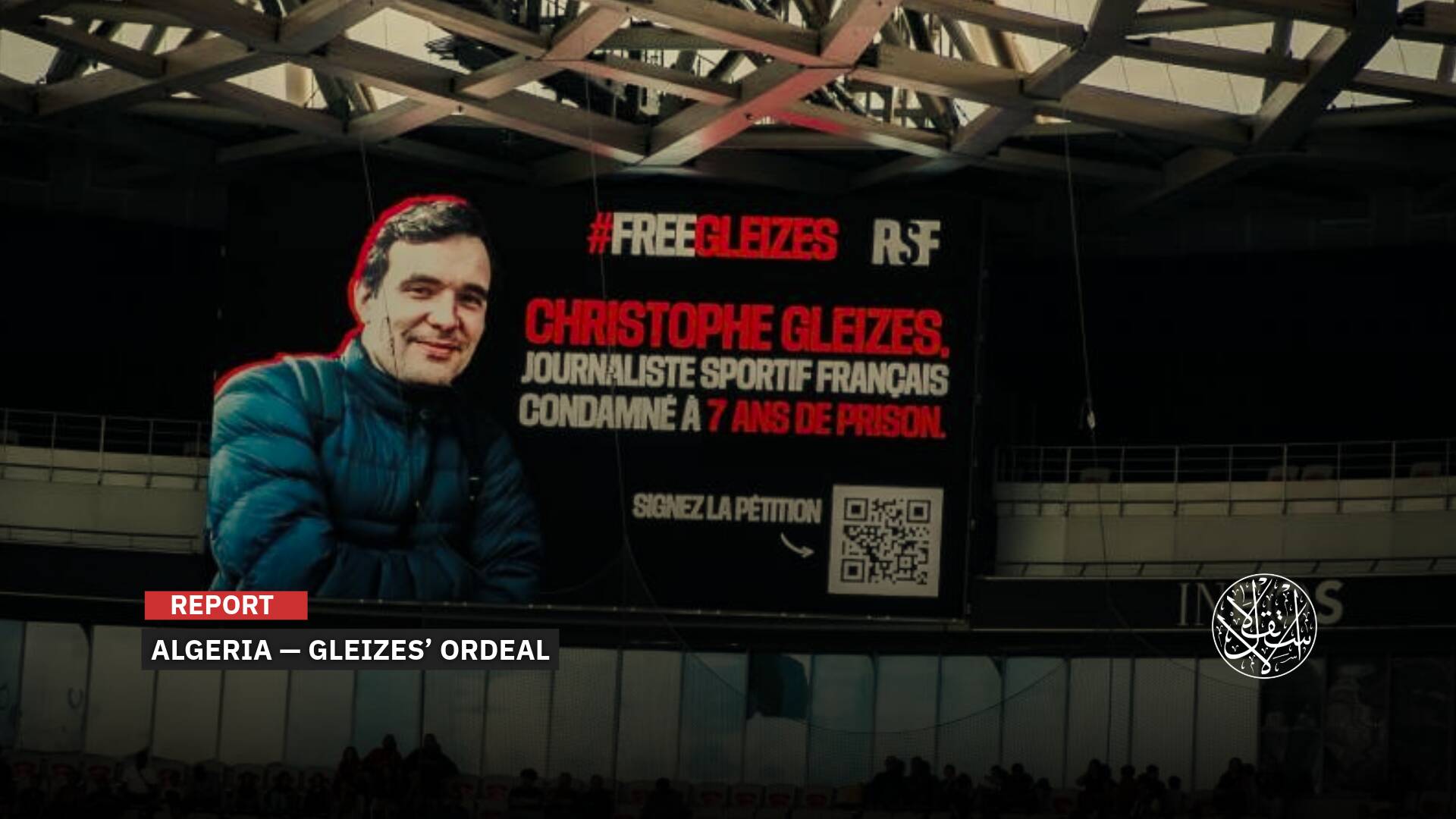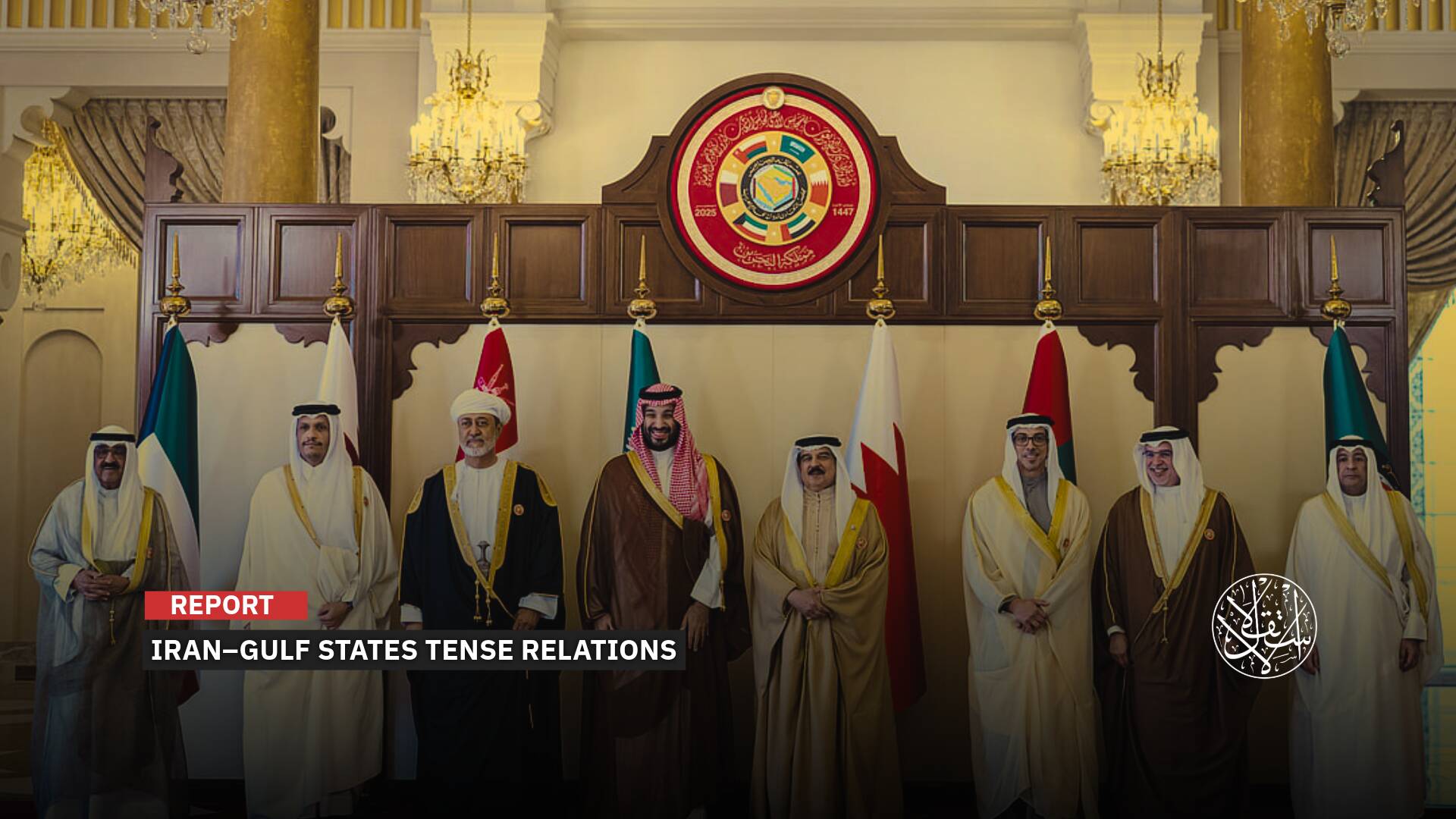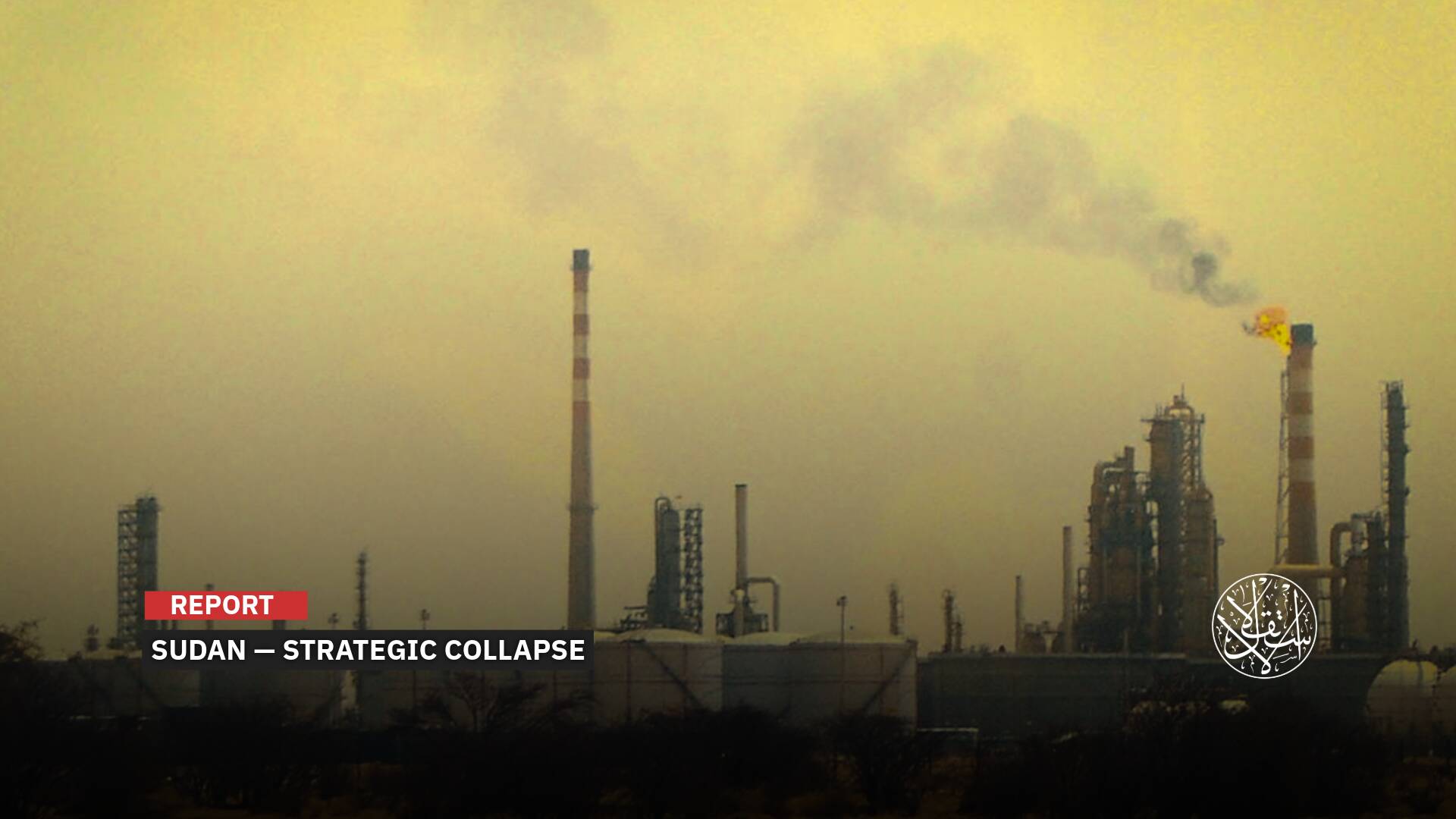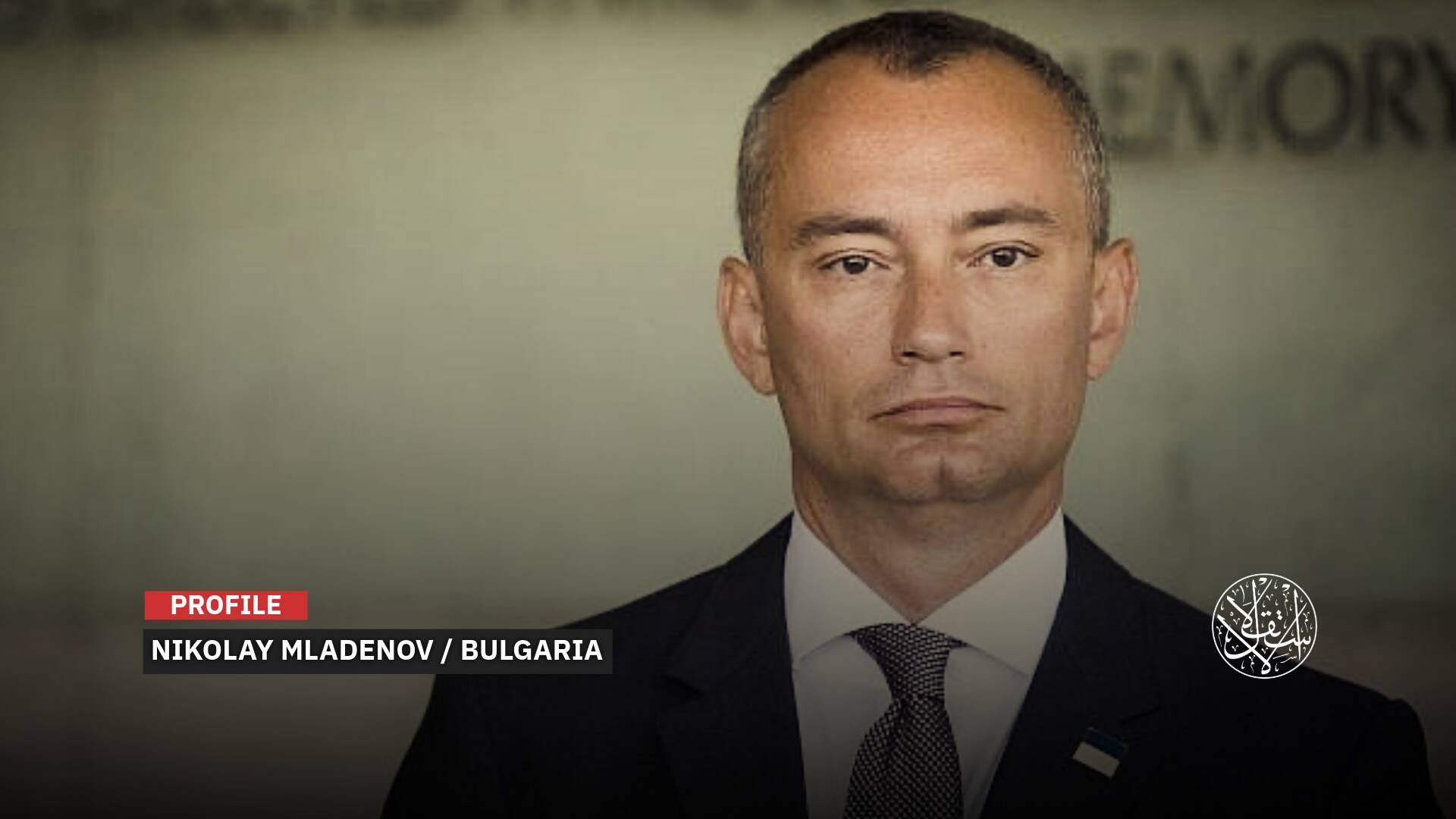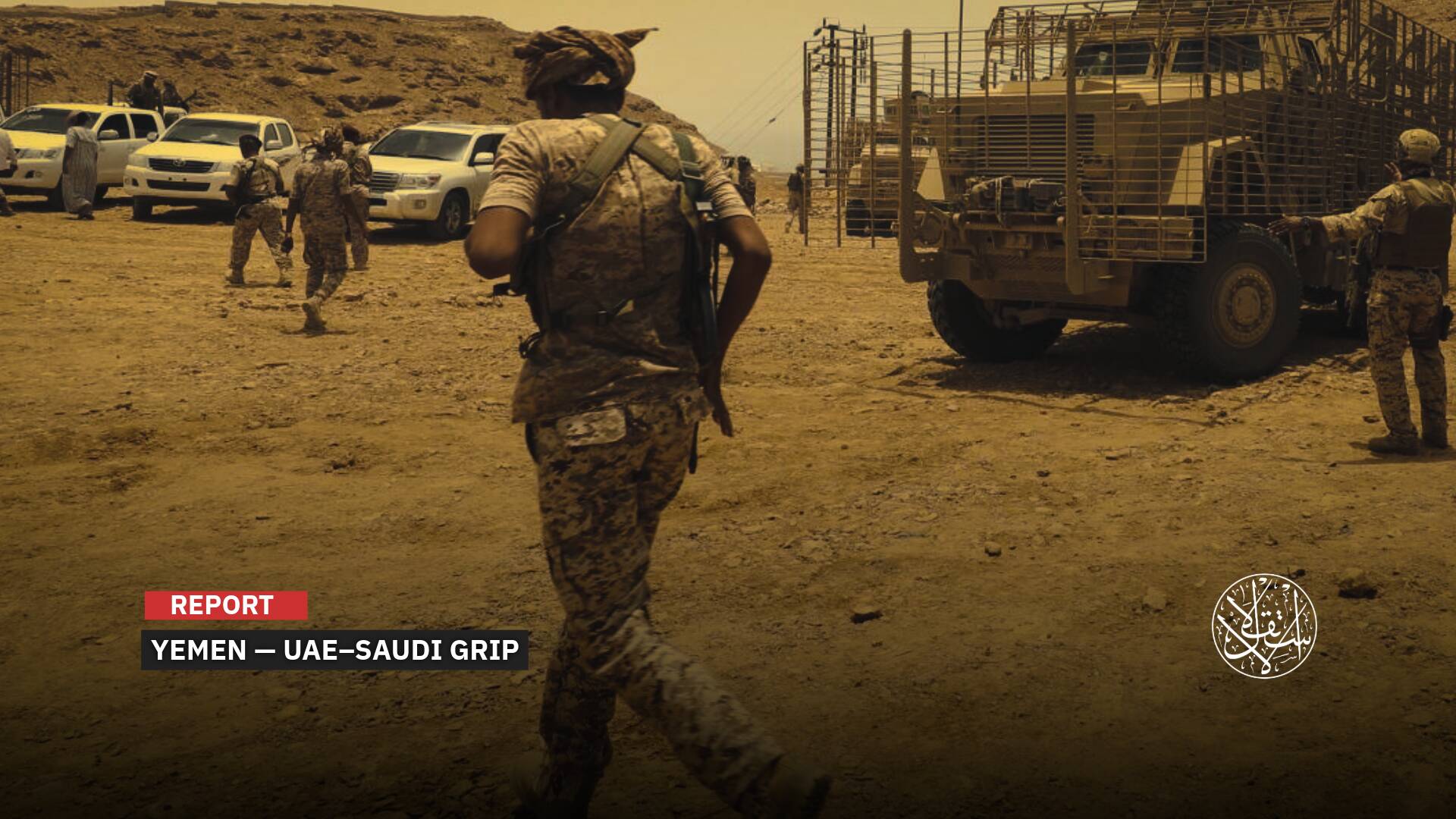‘Israel’ and Southern Syria: Has the Sectarian Rift Plot Begun in Sweida?
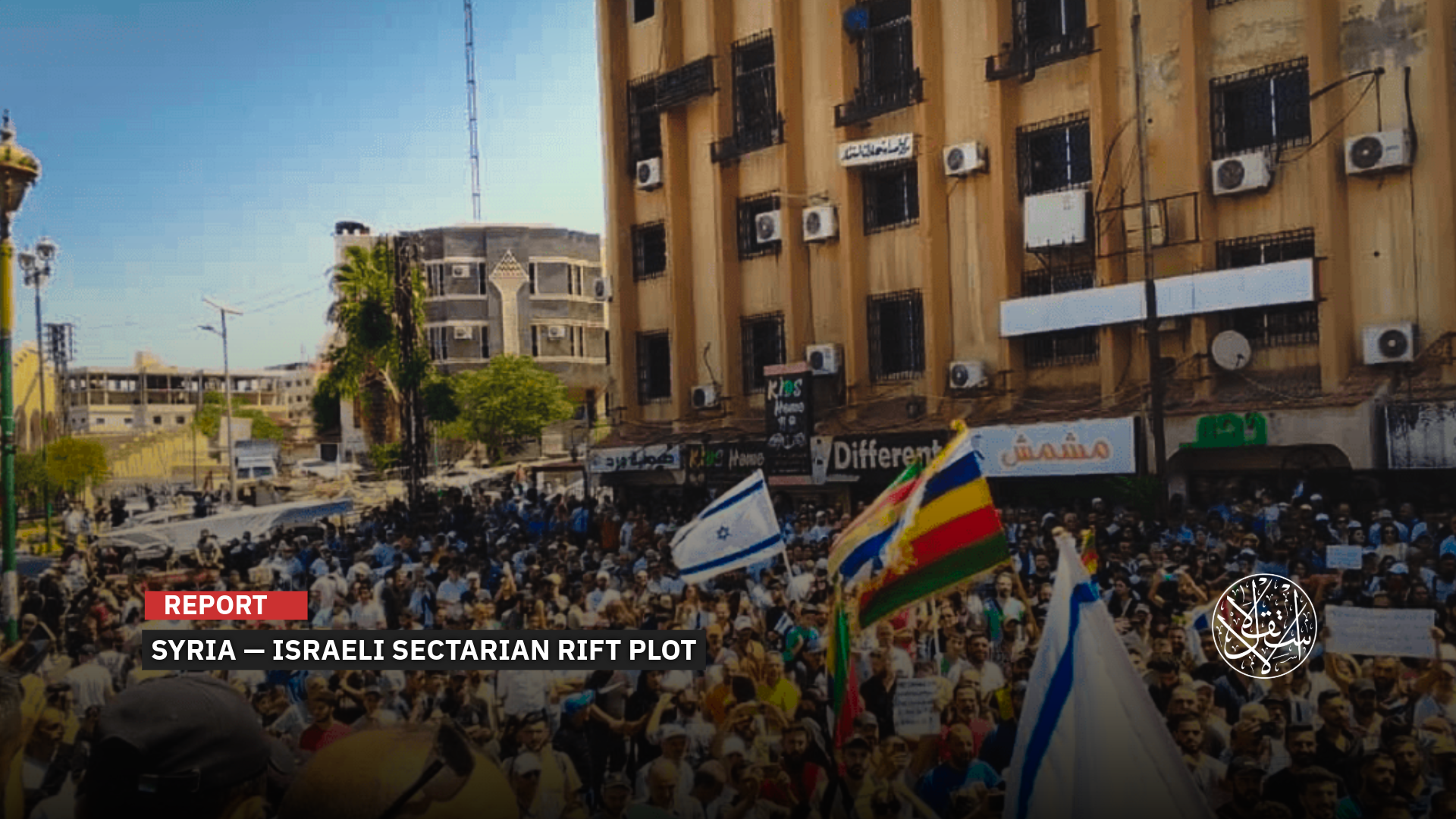
The Israeli Occupation is working to infiltrate the social fabric of southern Syria.
The situation in Syria’s southern Sweida province, home to a Druze majority, remains frozen amid growing local calls for separation from the motherland.
Since clashes erupted in July 2025 between Druze factions and Syrian government forces backed by tribal fighters, the Israeli Occupation has intervened under the pretext of “protecting the Druze” and has since become a key player shaping the scene there.
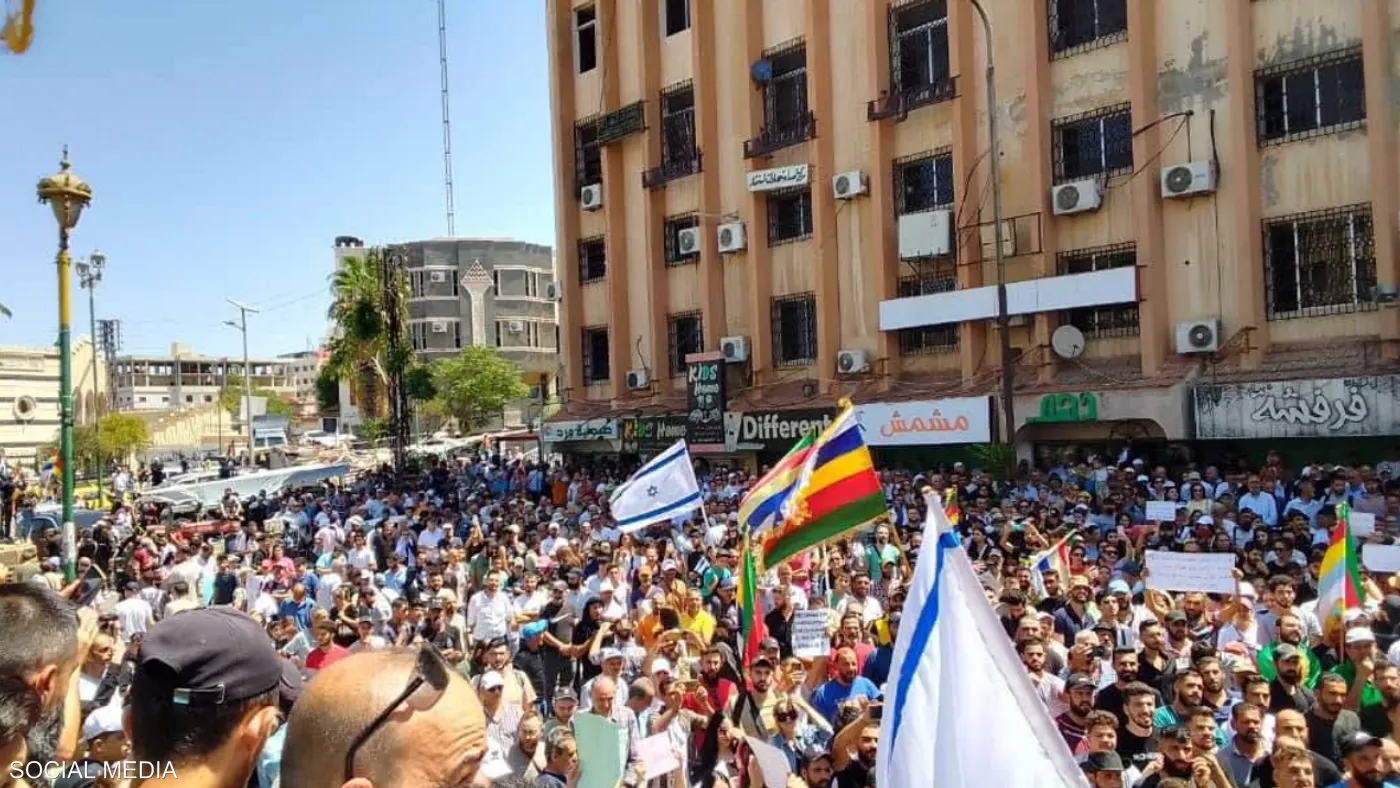
New Projects
The Israeli Occupation Knesset is considering a bill to grant permanent residency to Druze from Syria’s Sweida province, a move described by critics as serving “Israel’s” strategic interests, according to Yaffa News on October 22, 2025. The draft law would allow “Israel’s” interior ministry to grant residency to Druze who meet specific criteria, including family ties to Israelis, service in security bodies, or civic donations, with all applications subject to security and political vetting.
Official rhetoric presents the measure as protection for the Druze from political pressure and crises in Syria, but analysts argue the real aim is to use the Druze as a strategic buffer to strengthen Israeli Occupation control in occupied areas, pointing to historical precedents. The plea by Sheikh Hikmat al-Hijri, the spiritual head of the Druze in Sweida, for Israeli help to block Syrian state institutions from extending into the province gave “Israel” a powerful pretext to push forward new imperial projects in the region.
Al-Hijri also rejected the new Syrian state’s attempts to restore control over security and government institutions in Sweida, especially after security forces advanced toward the province on July 13, 2025, to restore order following clashes between Bedouin tribes and local Druze factions.
In a “striking response” to his calls, the Israeli Occupation launched a major assault on Syria on July 16, 2025, targeting more than 160 sites across four provinces—Sweida, Daraa, Rural Damascus, and Damascus itself, where airstrikes hit the General Staff headquarters and areas near the presidential palace.
As Syrian government forces encircled Sweida and opened indirect negotiations with al-Hijri to dissuade him from pursuing separation, “Israel” revealed plans to establish a corridor leading into the southern Syrian province.
Israeli Finance Minister, the extremist Bezalel Smotrich, renewed claims that “Israel” must “protect” Syria’s Druze community, calling for a corridor between Israeli-occupied areas and Sweida despite the absence of a direct land border, since Daraa lies between them.
Smotrich said that on July 31, 2025, he visited the operations room set up by the Druze community in the village of Julis in the western Galilee region in northern Palestine with the Druze spiritual leader in Palestine, Sheikh Muwafaq Tarif, and the chairman of the Forum of Druze Localities, Yasser Ghadhban, to follow up on the situation of their brethren in Sweida and to coordinate with them.
He framed “Israel’s” role as both humanitarian and strategic, saying the partnership with the Druze community underscores “Israel’s commitment to their safety.” He called for an immediate humanitarian corridor to deliver food, medicine, and essential supplies and argued that “Israel” should be prepared to defend the Druze militarily and to impose a heavy price on the Syrian government to deter future attacks.
Smotrich added that he told Druze leaders the finance ministry would provide whatever budget was required to support “these efforts.”
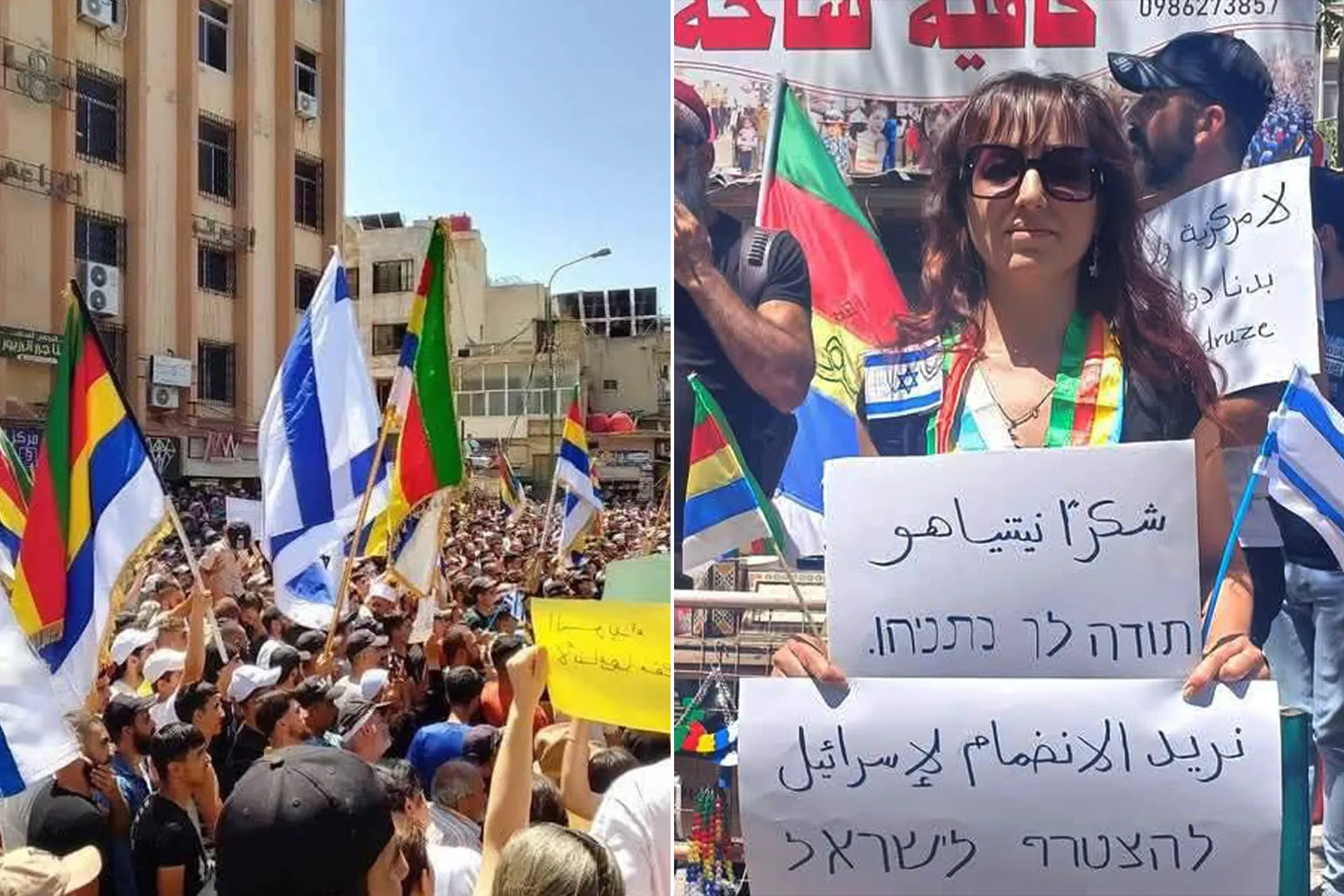
Permanent Residents
Despite “Israel’s” failure to open the proposed corridor and Syria’s foreign ministry announcing on September 16, 2025, a roadmap to resolve the Sweida crisis and stabilize southern Syria, tensions inside the province persisted. Calls for secession, appeals to “Israel” for protection, and the raising of Israeli Occupation flags by local factions continued to provoke Damascus.
The Syrian foreign ministry emphasized that its initiative was based on the principle of Syria’s territorial unity, affirming that all citizens are equal in rights and duties within one state, without discrimination or exception.
However, reports later surfaced that secret Syrian-Israeli Occupation talks hit a last-minute deadlock over “Israel’s” demand to establish a “humanitarian corridor” into Sweida, according to Reuters on September 26, 2025.
After the unrest in Sweida, Druze leaders in “Israel” faced growing pressure from their community to provide tangible support to their kin across the border. On July 16, 2025, Israeli Druze Knesset members Afif Abed (Likud) and Hamad Amar (Yisrael Beiteinu) even crossed into Syria, with Abed later proposing a bill granting legal residency—a blue identity card—to Druze living in Syria.
That initiative soon evolved. On October 21, 2025, Israeli Druze lawmakers Afif Abed (Likud) and Akram Hasson (New Hope) introduced a new bill to amend the Citizenship and Entry Law, aiming to grant “permanent resident” status to Syrian Druze who wish to “integrate into the State of Israel.”
The two lawmakers justified their proposal by claiming that a “coup” in Syria had replaced the central government and that Druze there now suffer systematic persecution, institutional discrimination, and ongoing neglect under the new government. They further argued that the Druze community in southern Syria forms a “defensive buffer” between “Israel” and “hostile” militant groups operating in the area, calling their presence vital to “Israel’s” strategic and security interests.
Experts, however, warn that the bill, presented as limited and humanitarian on the surface, is actually designed to use the Druze as a geopolitical shield and to secure “Israel’s” foothold in occupied territories. If passed, the amendment would set a legal precedent by granting members of a population from an officially hostile state a privileged status nearly equal to that of Israeli citizens in residency, work, and access to services.
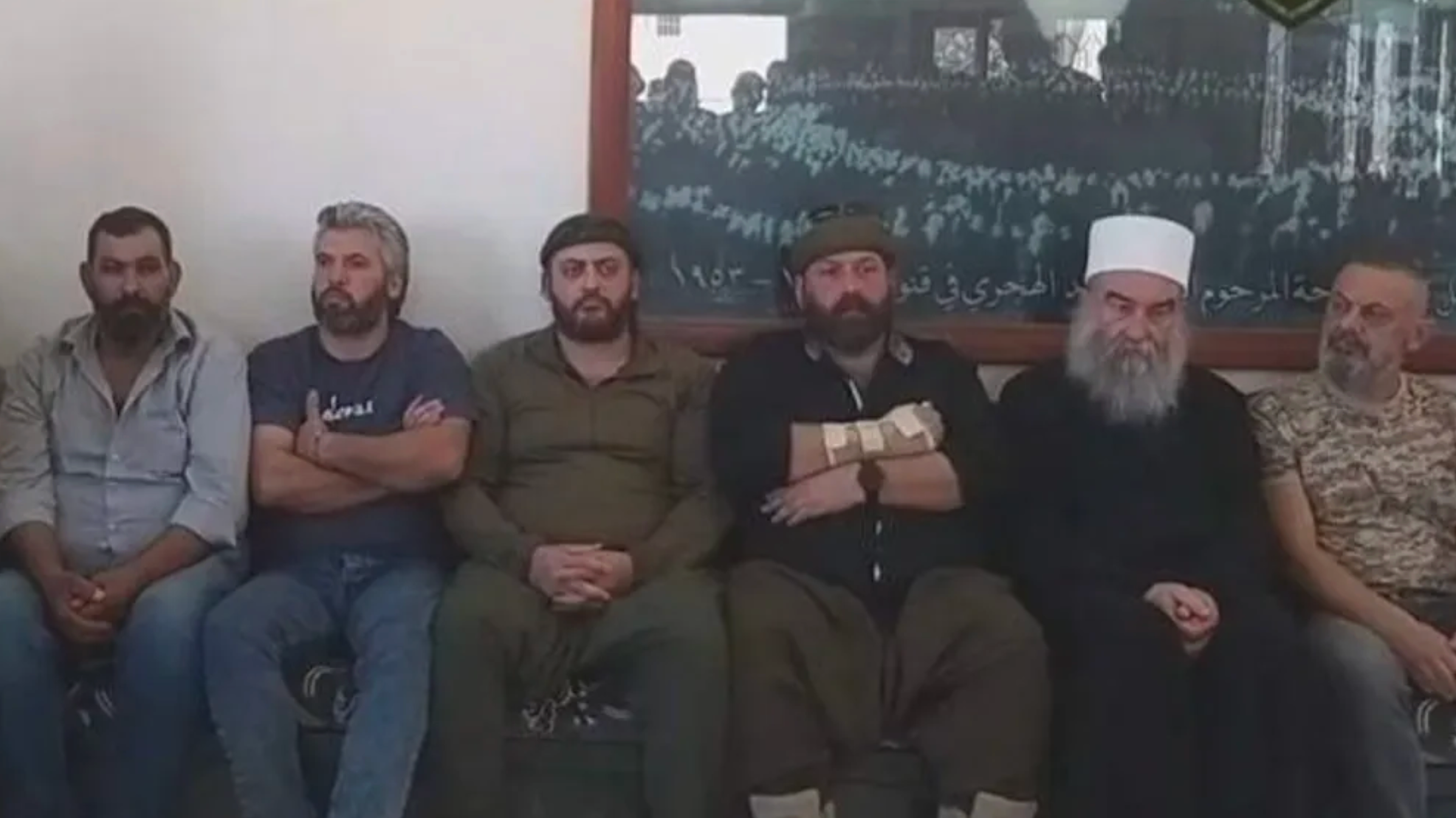
Strategic Aims
Wael Alwan, a researcher at the Jusoor for Studies Center, told Al-Estiklal that “Israel’s” approach to the Sweida file appears to follow a dual strategy blending religious and political calculations.
“The Druze spiritual leadership in Israel, led by Sheikh Muwafaq Tarif, plays a central role in shaping positions and opening unofficial channels with communities inside Syria, especially amid growing pressure from Druze members of Israel’s military and institutions,” he said.
“Israel emphasizes the humanitarian and political dimensions of the Sweida issue, promoting support, humanitarian residency, and mobility.”
Yet Alwan warned that beneath the humanitarian rhetoric lie deeper strategic goals, including an effort to create a social fissure within Sweida’s Druze community.
“Israel is leveraging these moves to pressure Syria’s new government, tying aid and humanitarian gestures to security negotiations in hopes of securing gains that could allow it to retain areas it seized after December 2024 without committing to withdrawals demanded by Damascus,” the researcher said.
In short, Tel Aviv is treating Sweida as a security file under a humanitarian cover, aimed at preserving battlefield gains and expanding indirect influence inside Syria.
Events in Sweida exposed attempts by the Israeli Occupation to spark a sectarian rift by exploiting the Druze component in the province. Proposals to grant Israeli residency to Sweida Druze have been described as a new source of discord that threatens the local social fabric, especially given the split between those who want to integrate with the new Syrian state and others who push separatist projects and seek backing from “Israel.”
Sheikh Laith al-Balous, a local Druze leader and representative of the Sheikh al-Karama council, said there are systematic attempts to intimidate and coerce religious authorities in Sweida, with the aim of using the Druze for regional projects that serve foreign interests. He told the Syrian News Channel on August 28, 2025, that his group’s plan is to protect national and religious symbols, promote reasoned dialogue, and confront sectarian incitement while exposing any external project that seeks to undermine the mountain’s security.
Al-Balous stressed that protecting the country’s unity is non-negotiable and that the people of Sweida are an integral part of the Syrian state. Meanwhile, “Israel” continues to penetrate the social fabric of southern Syria by exploiting the post-Assad security and political landscape, a move with dangerous demographic and security consequences.
Since “Israel” occupied the Golan in 1967, many residents there from Druze, Circassian, Turkmen, and Bedouin communities were offered Israeli citizenship. Most chose to keep Syrian nationality and accept permanent resident status instead, a status that grants most rights short of Knesset voting and an Israeli passport.
An Israeli Occupation strategic plan attributed to Oded Yinon, an official in the Israeli Foreign Ministry, and published in the World Zionist Organization journal Kivunim in February 1982, advocated fragmenting Syria into ethnoreligious mini-states as a long-term objective on “Israel’s” eastern front.
That strategy proposed breaking Syria into smaller entities based on ethnic and religious composition in order to replace strong centralized Arab states with weak, divided territories that would pose no threat to “Israel” and could become dependent allies or proxies.
Critics say the current moves around Sweida echo that old logic: fragment the region into smaller, more manageable pieces to secure Israeli dominance and reduce the capacity of a unified Syrian state to resist external influence.
Sources
- Thousands of Druze, including Knesset Members, cross into Syria
- Knesset Bill Proposed to Grant Syrian Druze from Sweida Permanent Residency in Israel [Arabic]
- Laith al-Balaous to Syrian News Channel: Opening the Damascus–Sweida Route Signals State Presence and a Step Toward Building Trust [Arabic]
- Calls for Secession Under Israeli Occupation Flags: Sweida Protests Push Syria Toward a New Crossroads [Arabic]
- Jumblatt Condemns Israeli Flag in Sweida: The Province is an Inseparable Part of Syria [Arabic]
- Israeli Flag Raised: Sweida Protests Demand Right to Self-Determination [Arabic]


